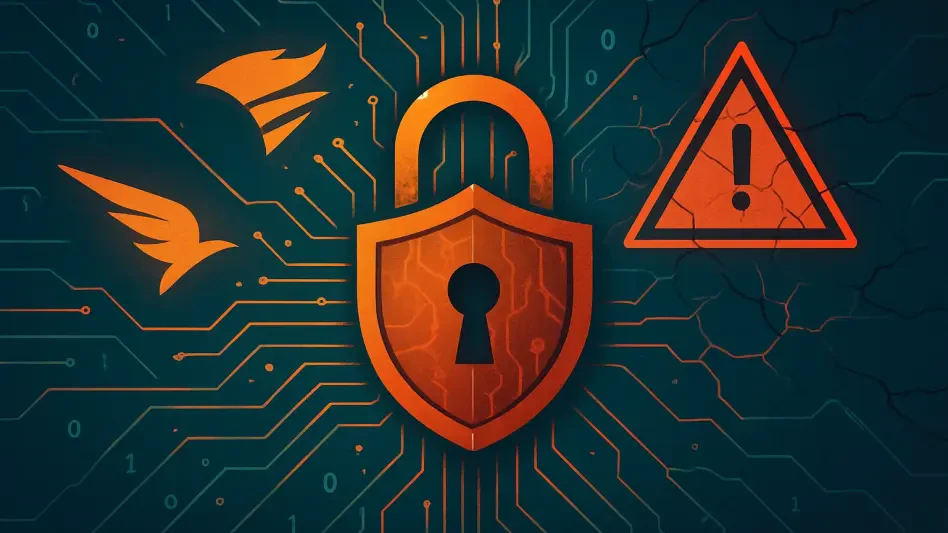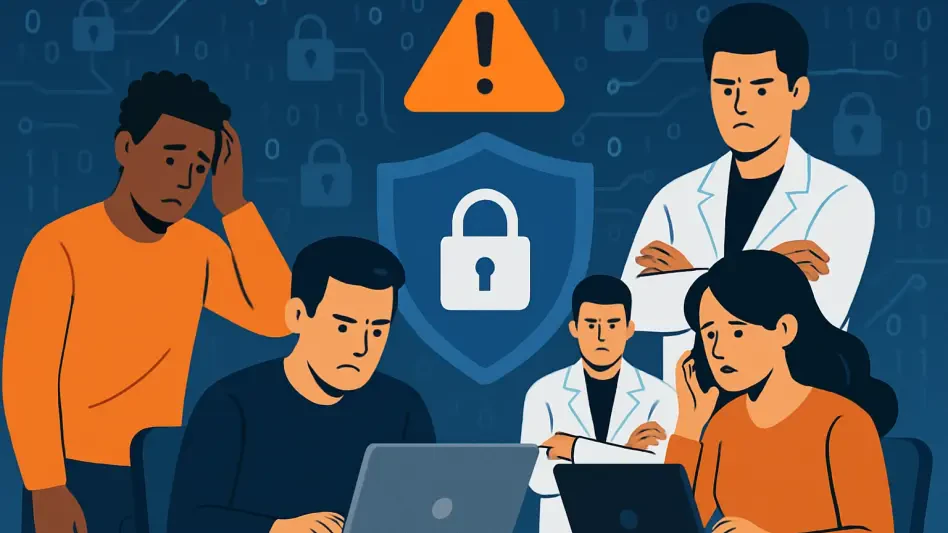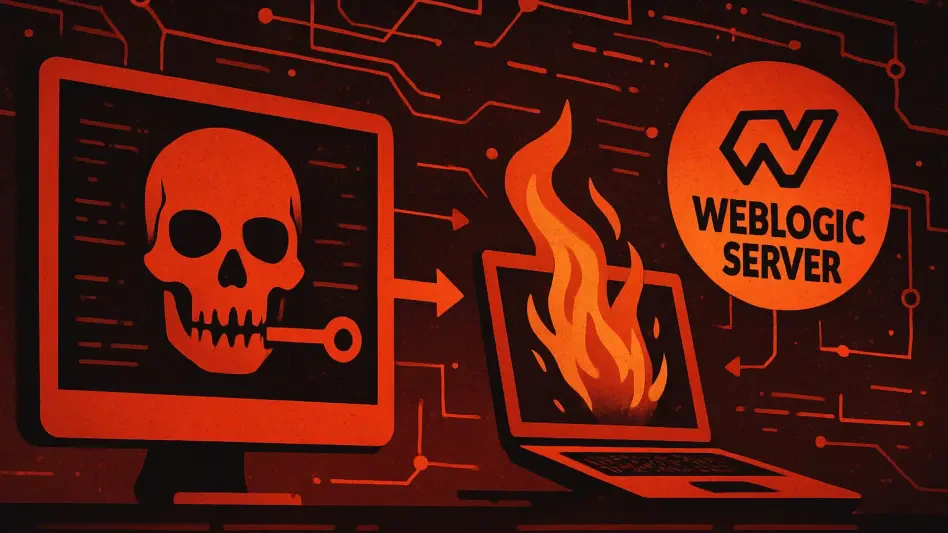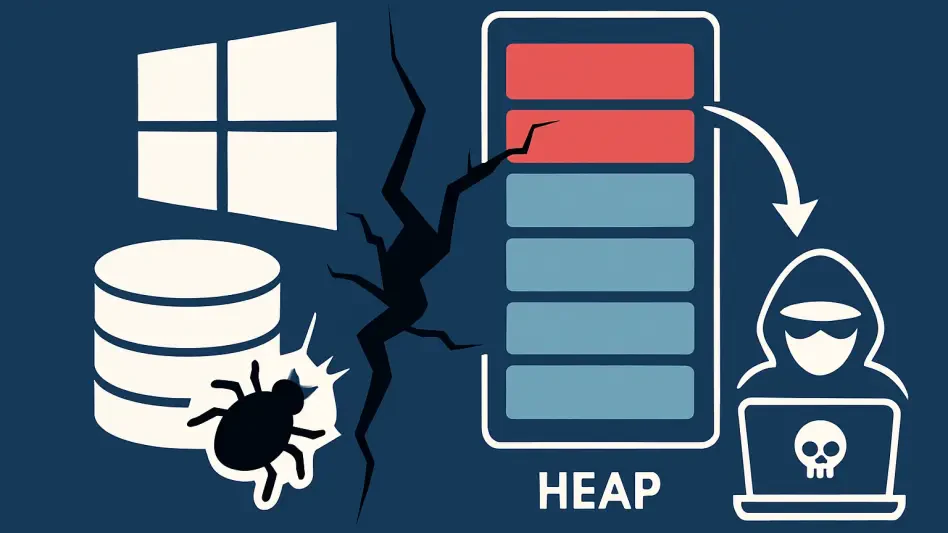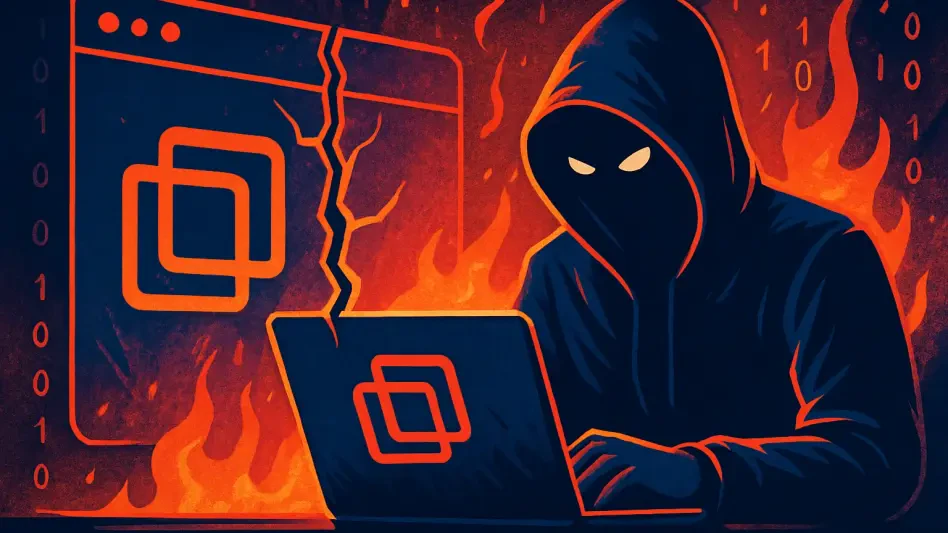Imagine a world where a nation-state threat group can silently and swiftly compromise critical network infrastructure using a zero-day vulnerability. This is precisely the scenario that has unfolded with the recent discovery of a zero-day vulnerability in multiple Ivanti products, including Ivanti Connect Secure. The vulnerability in question, CVE-2025-0282, has already been exploited by attackers, propelling it to the forefront of cybersecurity concerns. This critical unauthenticated stack-based buffer overflow not only allows for unauthenticated remote code execution but also poses substantial downstream impacts on victim networks.
The Severity of CVE-2025-0282
Unauthenticated Remote Code Execution
When the news broke about CVE-2025-0282, it became clear that this zero-day vulnerability had severe implications for network security. This particular vulnerability allows attackers to execute remote code without authentication, providing them with the ability to infiltrate networks undetected. Federal cybersecurity authorities and researchers, including the Cybersecurity and Infrastructure Security Agency (CISA) and Mandiant, swiftly raised alarms about its extensive exploitation. Exploits targeting this vulnerability began in mid-December 2024, signaling that attackers wasted no time in leveraging their newfound access.
The ability to execute remote code without authentication is especially concerning. It leaves affected networks exposed to various malicious activities, including data theft, espionage, and potential disruptions. The threat becomes even more acute when considering the potential involvement of sophisticated state-backed threat groups. Such groups are known for their advanced capabilities and resources, making it imperative for organizations to prioritize patching and securing their systems against this vulnerability.
Impact Beyond Direct Exploitation
The impact of CVE-2025-0282 extends beyond the initial compromise. Attackers often employ a range of post-exploitation techniques to further infiltrate and manipulate victim networks. Mandiant’s analysis revealed that these techniques include lateral movement within networks, log entry removal, network tunneling, credential harvesting, and deception of network security responders. Such tactics enable attackers to maintain and expand their foothold within compromised systems, making it challenging for defenders to detect and mitigate the threat.
One particularly notable method involves tricking administrators into believing they have successfully upgraded their systems, all the while malware prevents the upgrade from actually taking place. This form of manipulation not only prolongs attackers’ presence within the network but also undermines administrators’ efforts to strengthen their defenses. Consequently, organizations must remain vigilant and implement robust monitoring and detection mechanisms to identify and thwart these advanced post-exploitation activities.
Another Blow in a Pattern of Exploits
Historical Exploits and Nation-State Threats
The discovery of CVE-2025-0282 mirrors a troubling pattern of exploits targeting Ivanti products. Just a year prior, two significant zero-day vulnerabilities, CVE-2023-46805 and CVE-2024-21887, had a major impact on various organizations, including CISA. This recurring trend highlights the persistent targeting of Ivanti products by threat actors. The link between these exploits and state-backed groups, particularly those with a China nexus, underscores the sophistication and motivation driving these attacks.
Mandiant’s attribution of CVE-2025-0282 to a China-nexus threat group, UNC5337, is particularly concerning. UNC5337 is suspected to be part of UNC5221, the group responsible for previous zero-day attacks. This continuity suggests a well-coordinated effort to exploit Ivanti vulnerabilities, possibly for intelligence gathering, cyber-espionage, or disruptive activities. The involvement of nation-state actors elevates the threat level, prompting organizations to reassess their security strategies and preparedness.
Techniques and Challenges in Detection
The persistence and innovation exhibited by threat actors exploiting Ivanti vulnerabilities present significant challenges for cybersecurity professionals. Attackers employ a range of techniques to obfuscate their activities and evade detection, making it difficult for security teams to identify and respond to breaches promptly. For instance, lateral movement within affected networks allows attackers to navigate from one compromised system to another, spreading their influence while maintaining a low profile.
Log entry removal further complicates detection efforts by erasing traces of malicious activities from audit logs. This tactic hampers forensic investigations and obscures the attack timeline, delaying the identification of the initial compromise point. Additionally, network tunneling enables attackers to create covert channels for communication and data exfiltration, bypassing traditional security controls such as firewalls and intrusion detection systems. These sophisticated techniques necessitate a proactive and multi-layered approach to cybersecurity, combining advanced threat intelligence, anomaly detection, and continuous monitoring.
Responding to the Threat
Ivanti’s Acknowledgment and Response
Ivanti’s response to the disclosure of CVE-2025-0282 highlighted the limited number of Connect Secure appliances exploited at the time of disclosure. However, they emphasized that there was no awareness of this CVE affecting Ivanti Policy Secure or Neurons for ZTA gateways. This information reassured some customers but also underscored the necessity for caution and vigilance. In alignment with best practices, Ivanti encouraged organizations to promptly apply patches and security updates to mitigate the risk of exploitation.
CISA issued an urgent alert urging organizations to search for any signs of malicious activity within their Ivanti instances. The agency stressed the importance of immediate remediation and fortification of network defenses. Organizations were advised to conduct thorough assessments, identify potential vulnerabilities, and implement security measures to prevent further exploitation. This proactive approach aims to disrupt attackers’ efforts and reduce the potential impact of successful breaches.
The Future of Network Security
Picture a scenario where a nation-state threat group can quietly and rapidly breach critical network infrastructure through a zero-day vulnerability. This exact situation has become a reality with the recent identification of a zero-day flaw in several Ivanti products, including Ivanti Connect Secure. The specific vulnerability, labeled CVE-2025-0282, has already been exploited by hackers, catapulting it to the top of cybersecurity threats. This severe unauthenticated stack-based buffer overflow permits remote code execution without requiring authentication, which carries significant downstream consequences for affected networks. This flaw’s ability to bypass security measures and grant attackers remote access means organizations must urgently address and mitigate the risks. The discovery underscores the high-stakes environment of cybersecurity today, where even one vulnerability can lead to widespread damage and disruption. Addressing this issue is crucial for maintaining the integrity and security of network infrastructures across industries.


